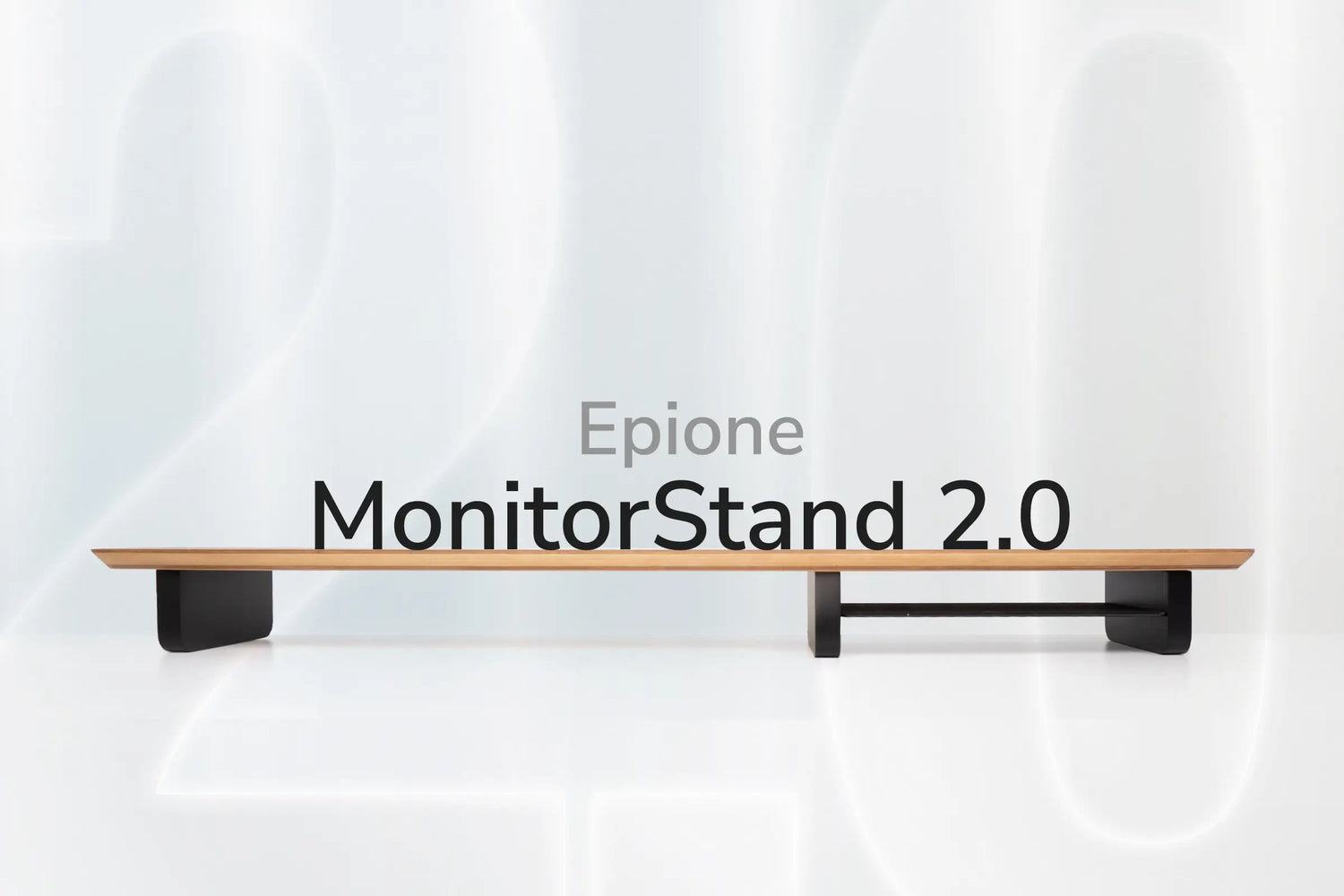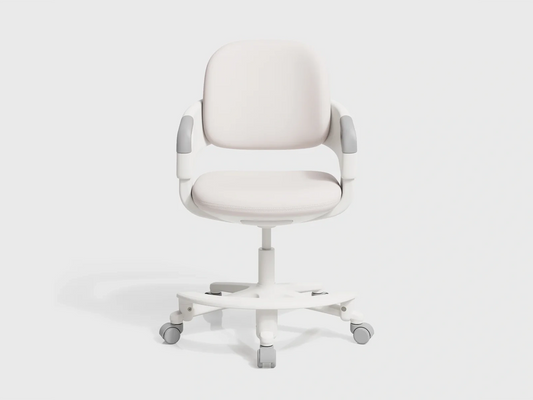Anti-hunchback study chair
Accompanying children's development
-
Study well
Anti-hunchback study chairs will maintain a standard posture as well as increase concentration for children during the learning process.
-
Have fun!
Easily enjoy the activities your child loves while still growing healthy with an anti-hunchback study chair.
-
Develop
Form a stable and correct sitting posture for children from an early age as well as throughout their adulthood.
-
SIDIZ Ringo anti-hunchback chair
Regular price Sale price 3.990.000 VNDRegular price 3.990.000 VNDUnit price perCòn hàng
Frequently Asked Questions

What is an anti-hunchback study chair and why should children use it?
The anti-hunchback study chair is a chair specially designed according to ergonomic principles, helping to support the natural curve of the spine when children sit to study. Parts such as the backrest, seat, and footrest can be flexibly adjusted to suit the body shape and development of each child.
Children should use anti-hunchback chairs because:
- Prevent hunchback and scoliosis: Helps maintain upright sitting posture, reducing pressure on the child's developing spine.
- Limit myopia: Correct sitting posture helps children keep a reasonable distance between their eyes and books, reducing eye strain and the risk of myopia.
- Enhance concentration: Comfortable, correct posture helps children feel more comfortable when sitting for long periods of time, thereby improving concentration and learning efficiency.
- Develop correct sitting habits: Forming correct sitting habits from an early age is beneficial for children's long-term health.
How is an anti-hunchback study chair different from a regular student chair?
The core difference lies in the ergonomic design and flexible adjustability .
- Regular student chairs are usually fixed in design, with little or no ability to adjust parts such as seat height, seat depth, backrest, footrest. This can easily cause children to sit in the wrong position if the chair does not fit their body shape.
- Anti-hunchback chairs are researched and designed to hug and optimally support the spine. They have many adjustment points to precisely match the height and weight of children at different stages of development, ensuring that children always have a standard, comfortable and safe sitting position for their health.
When should children start using anti-hump chairs?
Children should use anti-hunchback chairs as soon as they start sitting and studying at a desk , usually around 3-4 years old (older kindergarten) or when they start first grade. Forming the habit of sitting correctly early is extremely important to prevent future problems with the spine and eyes.
Most high-end anti-hump chairs have a very wide adjustment range, which can closely follow the child's development into adulthood.
How to choose the right anti-hunchback chair for your child
When choosing an anti-hunchback chair, you need to consider the following factors:
- Flexible Adjustability: Ensure the chair can adjust the seat height, seat depth, backrest height, backrest angle and footrest to suit your child's growth.
- High-quality materials: Prioritize durable, safe, breathable materials (e.g. rust-proof steel frame, memory foam cushion, high-quality mesh fabric) to ensure durability and comfort.
- Standard ergonomic design: The backrest should support the S-curve of the spine, the seat should not be too deep, have anti-slip grooves and a suitable footrest so that the child's feet do not dangle.
- Safety features: Check for features like self-locking wheels when weighted, sturdy legs to prevent tipping, and child safety certifications like the Korean KC certification.
- Reputable brands: Choose reputable brands in the field of ergonomic furniture such as Epione and SIDIZ to ensure quality and warranty.
Is investing in an anti-hunchback chair worth it?
Investing in a high quality anti-hunchback study chair is an investment in your child's health and future .
This chair not only helps prevent health problems such as hunchback and myopia that can be costly to treat later, but also helps your child learn more comfortably and effectively. Most high-end chair models are extremely durable and can be adjusted to your child's growth over the years, providing long-term value.



